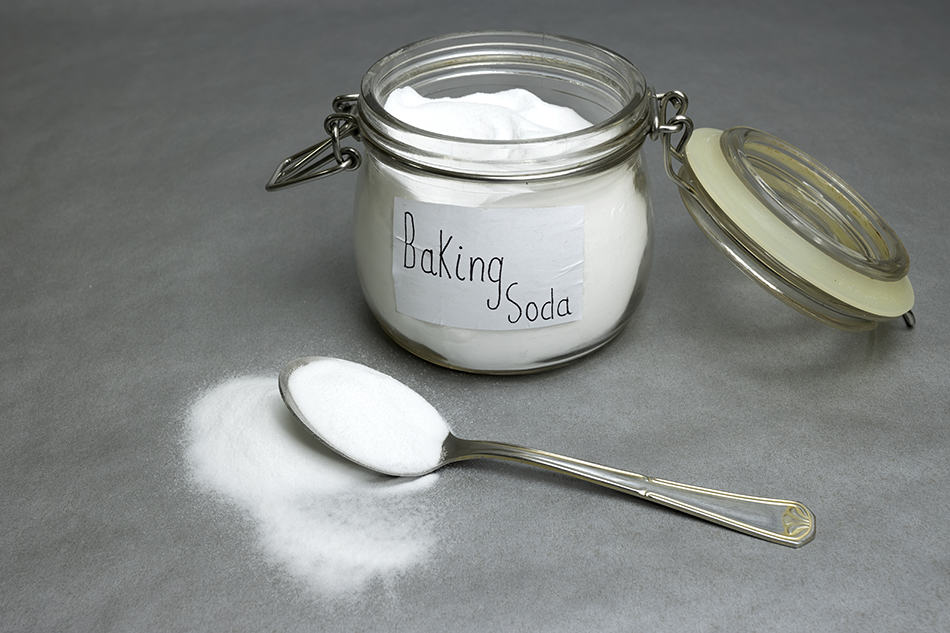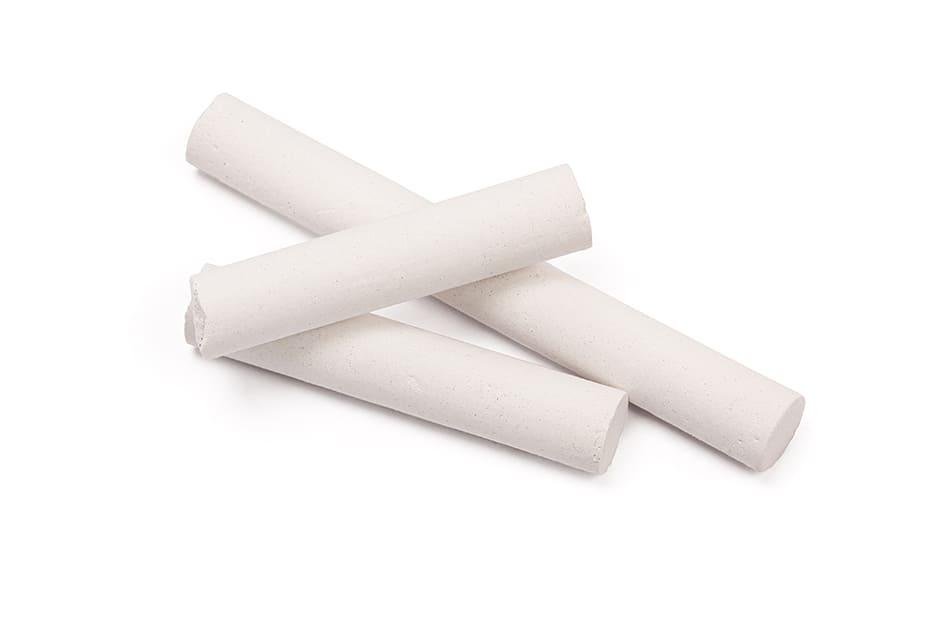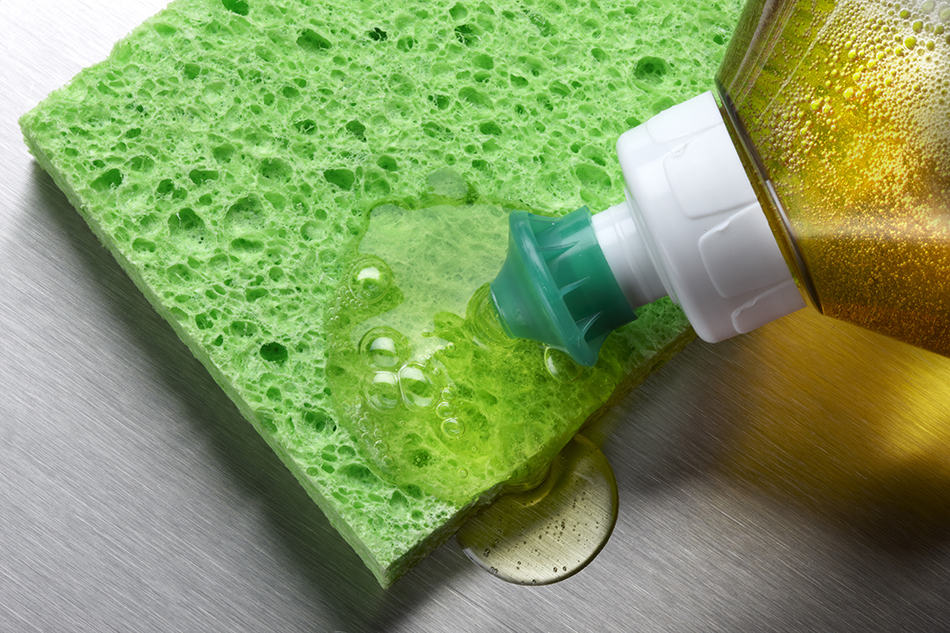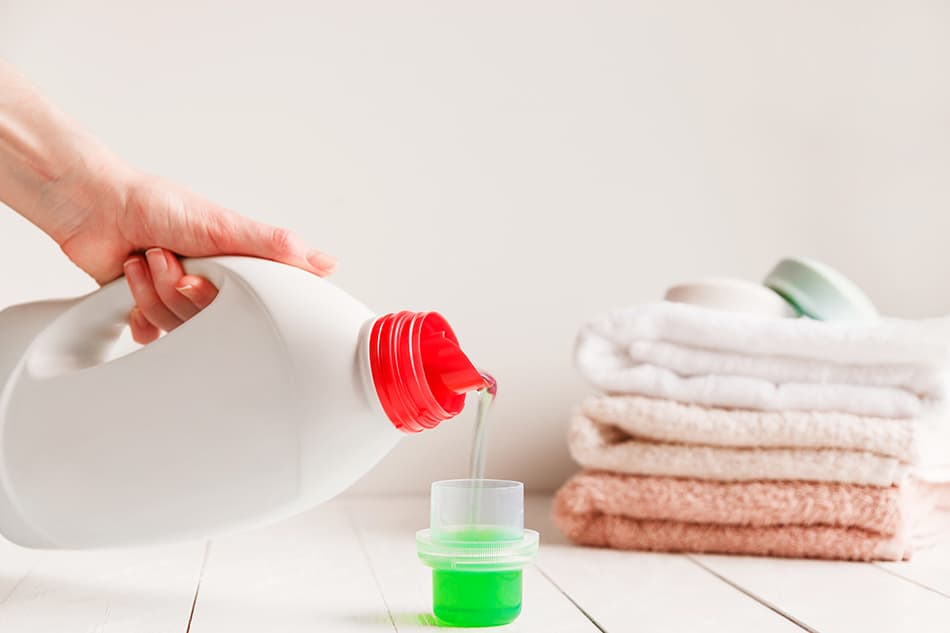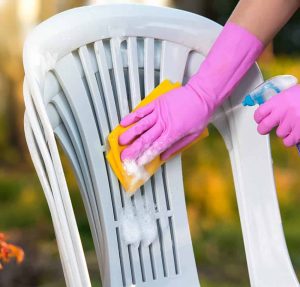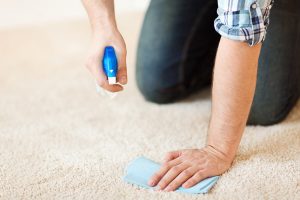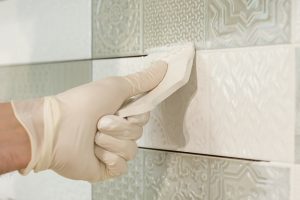Oil stains are one of the toughest to get out of laundry because they repel water, making it difficult for cleaning products to penetrate them for removal. Unfortunately, oil is one of the common stains you’ll find on bed sheets, as it is a popular ingredient in body moisturizers and other body products.
Some types of oils work wonders for hair and skin, such as coconut oil for the face and body and argan oil as an overnight conditioner for hair.
However, if some of the oil absorbs into your new and clean sheets, you’ll need to address the stain quickly; otherwise, you can suffer the consequence of ruined bed linen.
Massage oils are also a common oil stain that affects sheets, so you should lay down a towel on the bed before using them. If the worst has happened and you need to learn how to get oil out of sheets, follow these guidelines.
Act Fast
The sooner you address your oil stain, the better your chance of removing it. Once set in, oil stains can be very difficult to get rid of, especially if they are a type of oil that hardens at room temperature.
Don’t throw your sheets in the laundry basket and put off cleaning them until later because every minute that passes lessens your chance of success. Put off whatever you were doing and get started on working out that oil stain.
Damage Limitation
The first thing to do is make sure the oil stain cannot penetrate through to other layers or parts of the same sheet. If your stain is on a pillowcase or duvet cover with a front and back, you need to insert a sheet of cardboard between the layers of fabric.
This will prevent the oil from absorbing into more of the sheets. You can cut out a piece of cardboard from an old cereal box or shoebox and slot it behind the stain. Make sure you use cardboard, not paper because the oil could penetrate right through the paper onto the sheet behind.
Blot
Once you have cardboard placed behind the stain, you’ll want to blot it. You can use a tissue, a paper towel or a cloth. The most important factor here is your blotting motion rather than the material you use.
Gently dab the oil stain to lift some of the oil from your sheets and prevent it from spreading. Take care not to rub the stain or move the oil from side to side because this will only serve to make the stain bigger.
Use Heat
Oils that harden at room temperature, such as coconut oil, will need to be heated to revert to liquid and be removed more easily. The type of heat method you use will depend on the cleaning technique you will try.
If you use a dry cleaning method, such as baking soda or chalk, you should use a hairdryer to heat up the oil stain and make it more workable. If you use a wet cleaning method like dish soap or liquid laundry detergent, you can run hot water over the oil stain to warm it up and improve your chances of getting the stain out.
Apply Cleaning Technique
Next, you’ll need to apply a product to the oil to lift it from the sheets. You can try different methods using products you probably already have at home.
Given that speed is vital in removing an oil stain, choose a method using something in the cupboard rather than heading out to the store to buy something else.
Air Dry
After cleaning the sheets, you must air dry them. Ideally, this should be done outside on a washing line, but if the weather is cold or it is raining, you can dry the sheets indoors. The key is to not put the sheets in the drier because if any oil remains on the laundry, this will set the stain.
Instead, air dries the sheets, and if the stain hasn’t completely disappeared, you can keep repeating the steps until all traces of the oil have gone.
Cleaning Techniques to Try
Baking Soda
Baking soda is such a versatile product in baking and cleaning; for that reason, it’s a product that most people have in their kitchen cabinets.
To get oil out of sheets using baking soda, you will need to liberally apply dry baking soda to the stain and leave it to sit for 24 hours. The baking soda should absorb the oil and draw it out of the fabric, and in doing so, that patch of baking soda should look moist and clumpy once it has done its job.
If there was a large amount of oil on your sheets, then at this point, you can scrape off the baking soda and apply fresh baking soda, repeating the step over and over until the baking soda has soaked up all of the oil.
Once complete, you can hand wash your sheets or throw them in the washing machine, remembering to air dry them afterward. Once dry, you can see if the oil stain has gone.
Chalk
You can easily remove oil stains from clothes or sheets with chalk. It is supposed to work in the same way as baking soda to absorb the oil. To do this, repeatedly rub chalk over the oil stain until no oil remains. Afterward, wash the sheets as normal and air dry. Repeat if necessary.
Dish Soap
Dish soap is a good product for oil stains because it is designed to be tough on greasy dishes and therefore is ideal for targeting oil. To use this cleaning method, you need to apply a dollop of dish soap directly to the stain and work it in so that it penetrates the fabric. You can do this by rubbing it with a toothbrush or using your fingers.
You will need to leave the dish soap on the stain for five to ten minutes, then wash it off the sheets using hot water. In the next step, you’ll want to remove as much dish soap as possible to avoid a soap bubble disaster. After this, launder the sheets as usual and air dry them. Repeat the method if the stain is still visible when the sheets are dry.
Liquid Laundry Detergent
Liquid laundry detergent used in the washing machine in the normal way isn’t usually tough enough to get out oil stains, but you can use it as a pre-treatment to help loosen the oil stain before you launder it.
To do this, apply a small amount of liquid laundry detergent on top of the oil, ensuring the stain is covered. Rub it deep into the fabric using a cloth, a toothbrush, or your fingers. Leave it to sit on the fabric for ten minutes before putting it into the washing machine and washing as usual. Air dry and repeat if necessary.
WD-40
If you have an exceptionally stubborn oil stain that you have been unable to remove using any alternative method, then you could try WD-40 in a last-ditch effort to save your sheets. This should not be your first option because it can be tough on fabric and break down the fibers, and it is also not eco-friendly.
WD-40 sounds odd to spray onto your sheets, but it is oil-based and therefore attracts the oil stain out of the sheets. It also helps to break down the oil stain so that it can be more easily lifted in the following steps.
To use this method, spray WD-40 directly onto the stain if it is large, or spray it into a cup and use a toothbrush or Q-tip to apply it to a smaller stain. Leave it for a few minutes to work its magic before putting applying dry baking soda on top of the WD-40. This should then be left for at least two hours or, ideally, overnight.
The baking soda will draw out the original oil stain and the WD-40. Brush off the baking soda and apply fresh baking soda, again leaving it until it has absorbed the oil. Repeat this step until all traces of oil have gone. You will know when the baking soda absorbs no more oil because it will hold its original shape instead of becoming clumpy.
Add a small drop of dish soap to the baking soda and work it in with a toothbrush. Wash off the congealed baking soda mix with hot water, throw the sheets in the washing machine, and launder as usual. Be warned that the WD-40 can also leave stains on your sheets, so this should only be done if you are desperate and have tried all other options.

